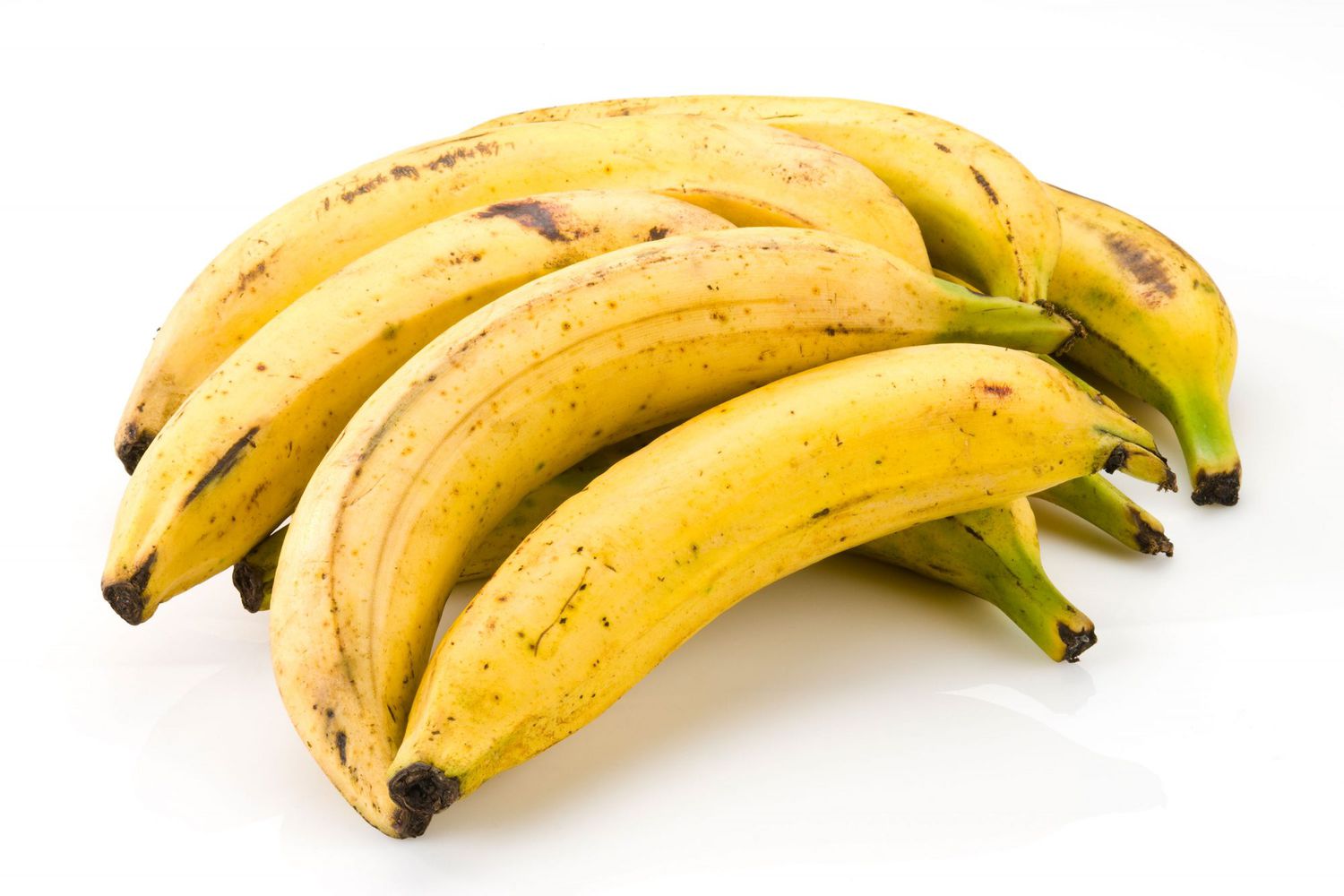

Articles
How To Store Plantains
Modified: December 7, 2023
Learn the best articles on how to store plantains and keep them fresh for a longer time. Get expert tips and tricks for proper storage!
(Many of the links in this article redirect to a specific reviewed product. Your purchase of these products through affiliate links helps to generate commission for Storables.com, at no extra cost. Learn more)
Introduction
Welcome to this comprehensive guide on how to store plantains! Whether you’re a fan of this versatile and delicious fruit or looking to incorporate it into your cooking, knowing the proper techniques for storing plantains is essential to keep them fresh and flavorful for longer.
Plantains, also known as cooking bananas, are a staple in many cuisines around the world. They are a great source of potassium, dietary fiber, and vitamins A and C. Their starchy texture and slightly sweet taste make them a perfect ingredient for both savory and sweet dishes.
However, like any other fruit, plantains have a limited shelf life and need to be stored properly to prevent spoilage. In this article, we will guide you through the process of choosing the right plantains, cleaning and preparing them, and different methods for storing them.
So, if you’re ready to learn how to store plantains like a pro, let’s dive in!
Key Takeaways:
- Choose firm, unblemished green or slightly yellow plantains for longer storage. Avoid mold and bruises. Proper cleaning and preparation are essential for optimal storage conditions.
- Store plantains at room temperature to ripen, or freeze for extended shelf life. Utilize blanching before freezing and keep an eye on ripeness to enjoy fresh plantains anytime.
Read more: How To Cook Plantains In Air Fryer
Choosing the Right Plantains
When it comes to storing plantains, selecting the right fruit is crucial. The quality of the plantains you choose will directly affect how long they will stay fresh and how they will ripen over time.
Here are some tips to help you choose the best plantains for storage:
- Picking the right stage of ripeness: Plantains come in different stages of ripeness, from green to yellow to black. For longer storage, it’s best to choose plantains that are still green or just beginning to turn yellow. Green plantains will take longer to ripen, giving you more time to use them.
- Examining the skin: Look for plantains with smooth, unblemished skins. Avoid fruits that have cuts or bruises, as they are more prone to spoilage.
- Checking for firmness: Squeeze the plantains gently to gauge their firmness. They should feel firm but not too hard. Avoid plantains that are overly soft, as they may be overripe.
- Avoiding mold or fungus: Inspect the plantains for any signs of mold or fungal growth. These indicate that the fruit is already spoiled and should be avoided.
Remember, the quality of the plantains at the time of purchase will impact how well they can be stored. Therefore, take your time to select the best ones available to ensure optimal storage conditions.
Proper Cleaning and Preparation
Before storing your plantains, it’s important to properly clean and prepare them. This will help remove any dirt or residues and ensure a clean and safe storage environment.
Follow these steps for cleaning and preparing your plantains:
- Wash the plantains: Start by rinsing the plantains under cool running water. Gently rub them with your hands to remove any surface dirt or debris.
- Trim the ends: Using a sharp knife, trim off the ends of the plantains. This will make it easier to peel them later on.
- Peel the plantains: Hold the plantain firmly and make a longitudinal cut along one side, taking care not to cut too deeply into the flesh. Gently pry open the peel with your fingers and remove it from the fruit. Repeat this process for all the plantains.
- Cut or slice if desired: Depending on your storage preferences, you can choose to leave the plantains whole or cut them into slices or chunks. Keep in mind that sliced plantains may be more convenient for cooking or freezing.
Once cleaned and prepared, you’re ready to move on to the next step: storing your plantains. Proper cleaning and preparation will not only remove any potential contaminants but also make it easier to handle and use the plantains when needed.
Store plantains in a cool, dry place away from direct sunlight. They can be kept at room temperature for a few days, or in the refrigerator for up to a week. If they are ripe, you can also freeze them for later use in recipes.
Storing Plantains at Room Temperature
Storing plantains at room temperature is a common method used to ripen the fruit or keep it fresh for a short period of time. However, it’s important to follow a few guidelines to ensure they stay in optimal condition.
Here’s how to store plantains at room temperature:
- Choose a cool and dry location: Find a spot in your kitchen or pantry that is away from direct sunlight, heat sources, and moisture. Too much heat or moisture can accelerate the ripening process and potentially cause the plantains to spoil.
- Use a fruit bowl or paper bag: Place the plantains in a fruit bowl or a paper bag. This helps contain ethylene gas, a natural ripening hormone released by fruit that aids in the ripening process. The enclosed space will trap the gas and promote ripening.
- Check for ripeness: Keep an eye on the plantains and check their ripeness regularly. As the plantains ripen, they will change from green to yellow, and eventually to black. This usually takes around a week, depending on the initial ripeness and room temperature.
- Consume or preserve at the desired ripeness: Once the plantains reach the desired level of ripeness, you can consume them immediately or use them in your favorite recipes. Alternatively, you can preserve them using freezing methods, which we will discuss later in the article.
Remember, storing plantains at room temperature is suitable for short-term storage and ripening purposes. If you want to extend their shelf life or preserve them for a longer period, consider freezing them for optimal freshness.
Freezing Plantains
Freezing is a fantastic method for extending the shelf life of plantains. By freezing them, you can preserve their flavor and texture for several months, allowing you to enjoy this delightful fruit whenever you desire. Here’s how to freeze plantains:
- Peel and slice the plantains: Start by peeling the plantains and slicing them into your preferred size and shape. Some people prefer to freeze them in whole chunks, while others prefer slices or even mashed plantains.
- Blanch the plantains (optional): Blanching the plantains before freezing can help retain their color and texture. To blanch, bring a pot of water to a boil, then carefully lower the plantain slices into the boiling water for 2-3 minutes. Remove them and immediately transfer to a bowl of ice water to cool and stop the cooking process.
- Drain and pat dry: Whether you choose to blanch the plantains or not, make sure to drain them well and pat them dry with a paper towel. Excess moisture can lead to freezer burn and affect the quality of the plantains during freezing.
- Package for freezing: Place the plantain slices or chunks into freezer-safe bags or airtight containers. Remove as much air as possible from the bags to prevent freezer burn and seal them tightly. Label the bags or containers with the date for future reference.
- Freeze the plantains: Put the packaged plantains in the freezer and make sure they are placed flat to prevent them from sticking together. It’s best to freeze them in a single layer first and then stack them once they are fully frozen.
- Thawing and using frozen plantains: When you’re ready to use the frozen plantains, simply remove the desired amount from the freezer and thaw them in the refrigerator overnight or at room temperature. They can then be used in your recipes as if they were fresh plantains.
By following these steps, you can conveniently store plantains in the freezer and have them readily available for your favorite dishes or recipes whenever you need them.
Read more: How To Grow Plantain From Seed
Wrapping Up and Additional Tips
Congratulations! You now have a comprehensive understanding of how to store plantains to ensure their freshness and quality over time. Before we conclude, here are a few additional tips to keep in mind:
- Store ripe plantains separately: If you have both ripe and unripe plantains, it’s best to store them separately. Ripe plantains emit more ethylene gas, which can speed up the ripening process of unripe plantains.
- Utilize the freezer for long-term storage: If you know you won’t be able to consume your plantains within a week or two, it’s best to freeze them as mentioned earlier. Freezing will help preserve them for up to several months without sacrificing flavor or texture.
- Consider storing peeled plantains in water: If you prefer to peel your plantains before storage, you can also store them in a container filled with water. This helps prevent discoloration and keeps them fresh for a short period.
- Keep an eye on stored plantains: Regularly inspect your stored plantains for any signs of spoilage, such as mold, excessive softness, or unpleasant odors. Discard any spoiled plantains to prevent contaminating the rest.
- Experiment with different recipes: Now that you know how to store plantains, don’t hesitate to explore various recipes and cooking techniques. Plantains can be used in a wide range of savory dishes like plantain chips, stews, or even grilled plantain slices for a sweet and smoky flavor.
Remember, proper storage and handling are key to enjoying fresh and delicious plantains. Follow the tips outlined in this article, and you’ll be able to savor this versatile fruit whenever the craving strikes.
Happy cooking and enjoy your perfectly stored plantains!
Frequently Asked Questions about How To Store Plantains
Was this page helpful?
At Storables.com, we guarantee accurate and reliable information. Our content, validated by Expert Board Contributors, is crafted following stringent Editorial Policies. We're committed to providing you with well-researched, expert-backed insights for all your informational needs.


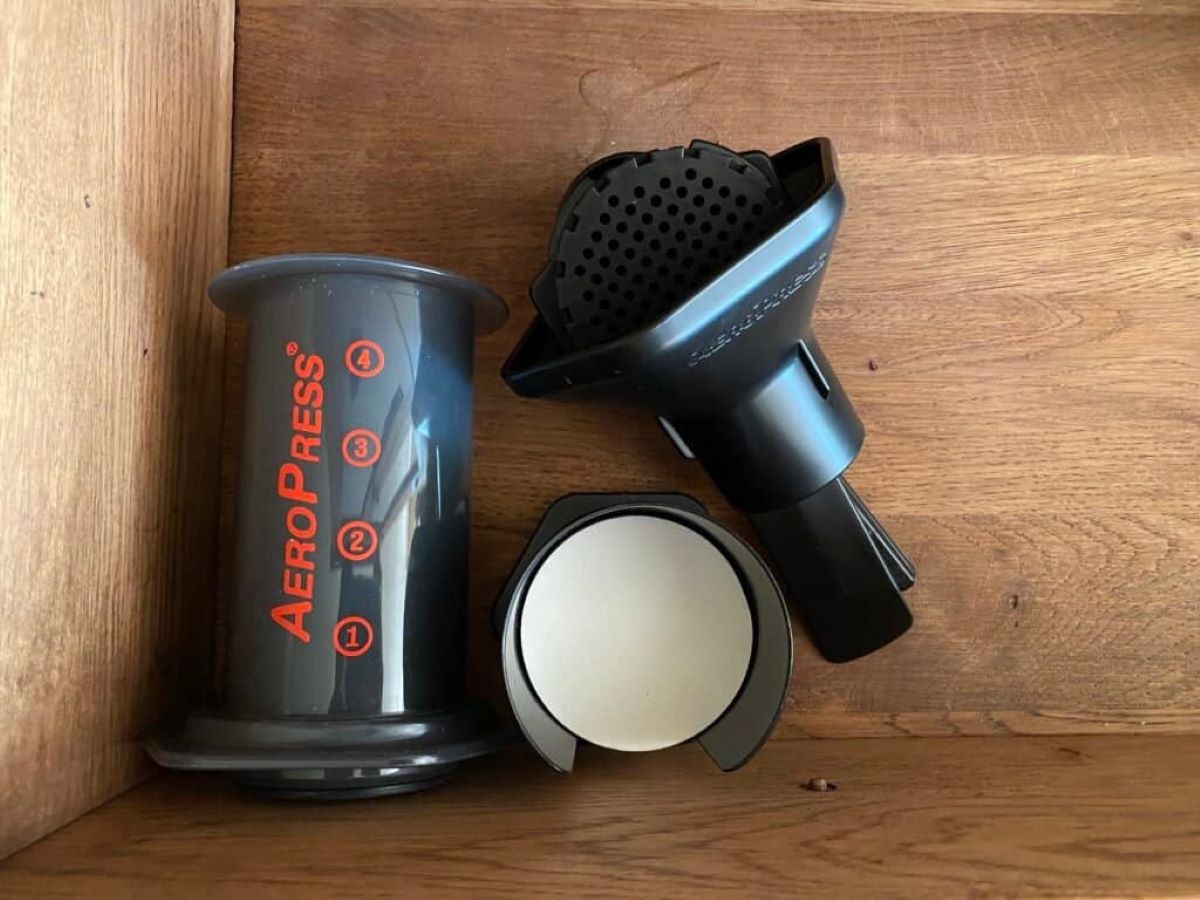
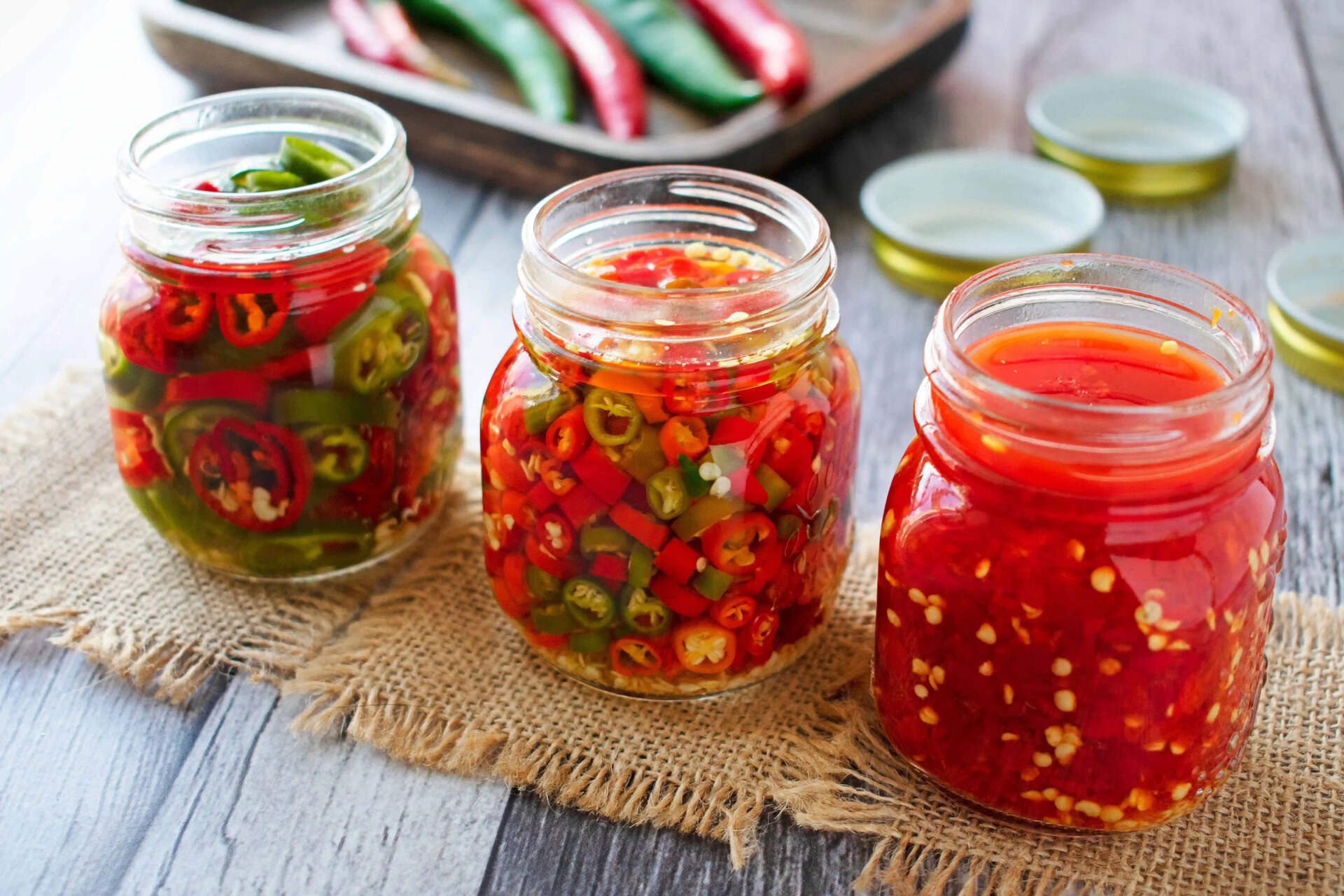
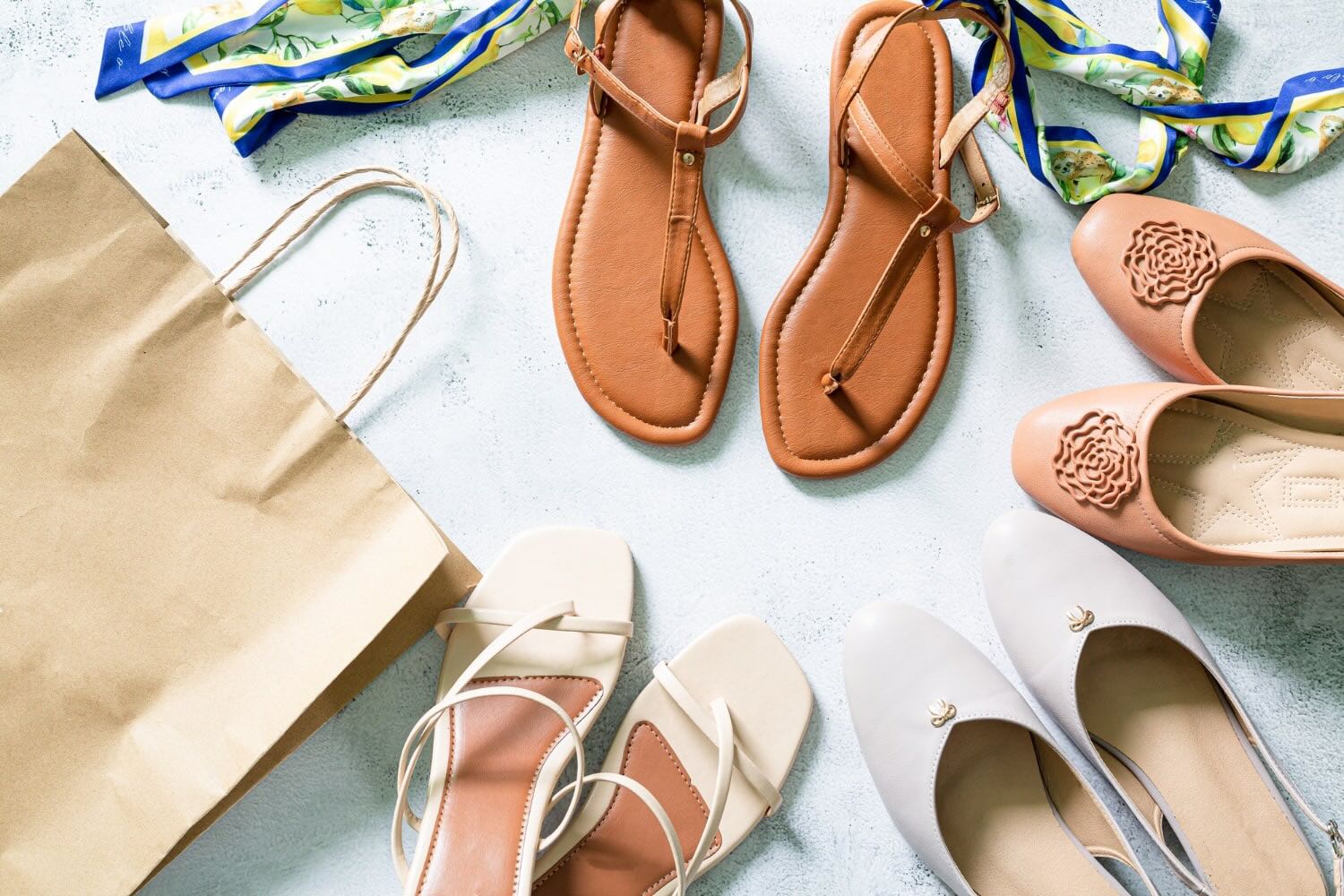
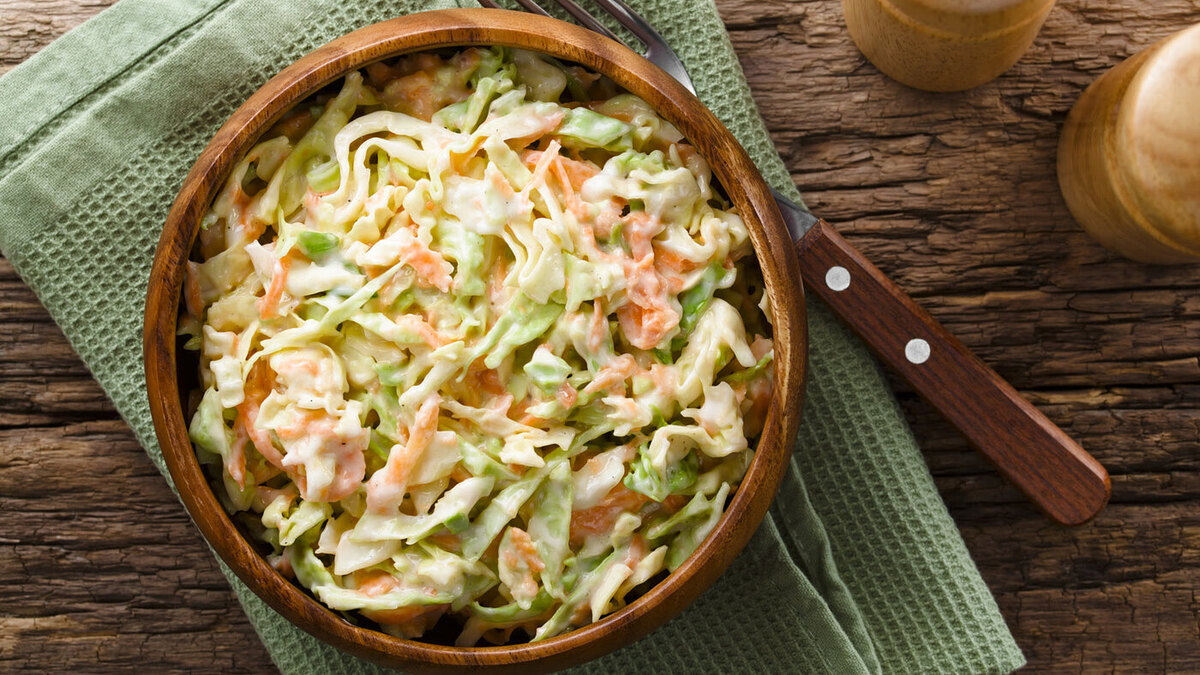

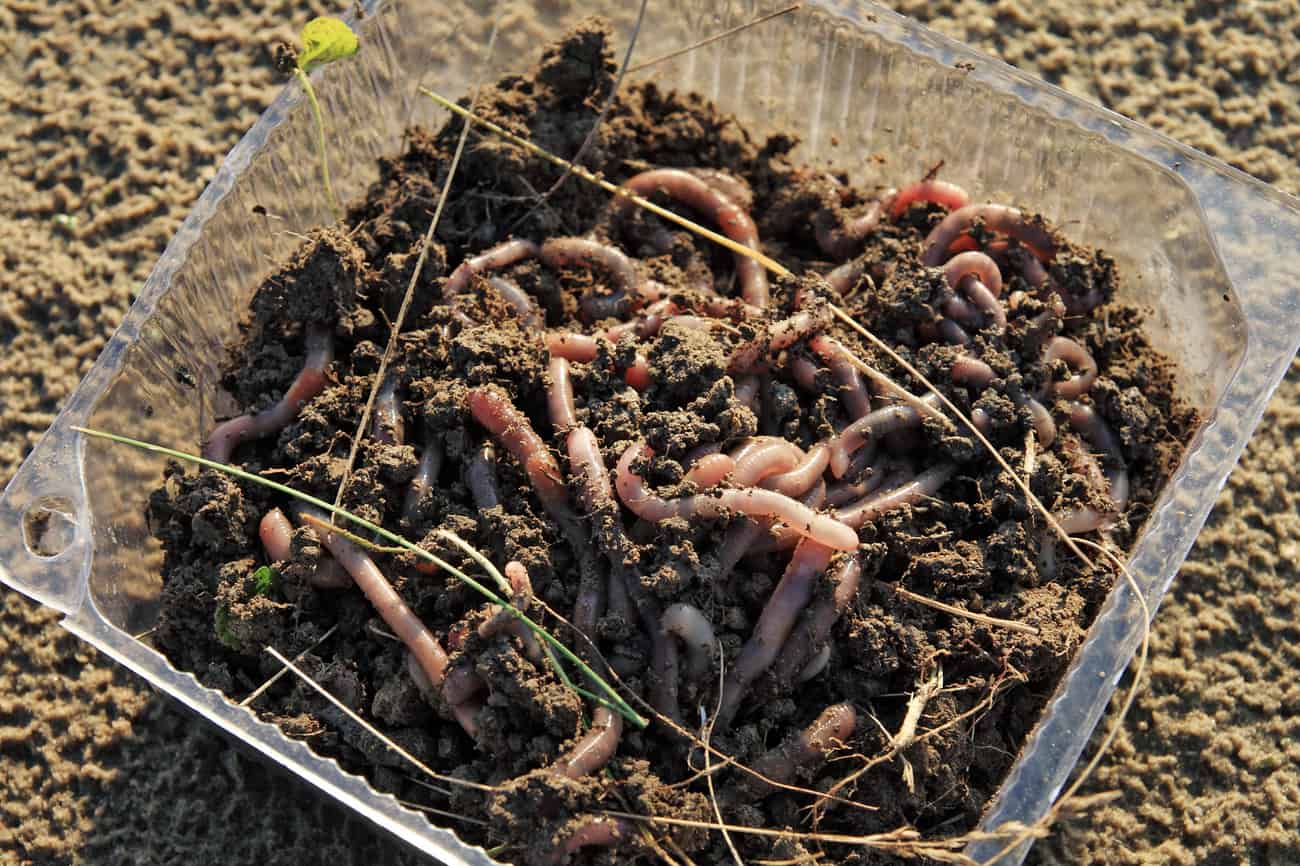
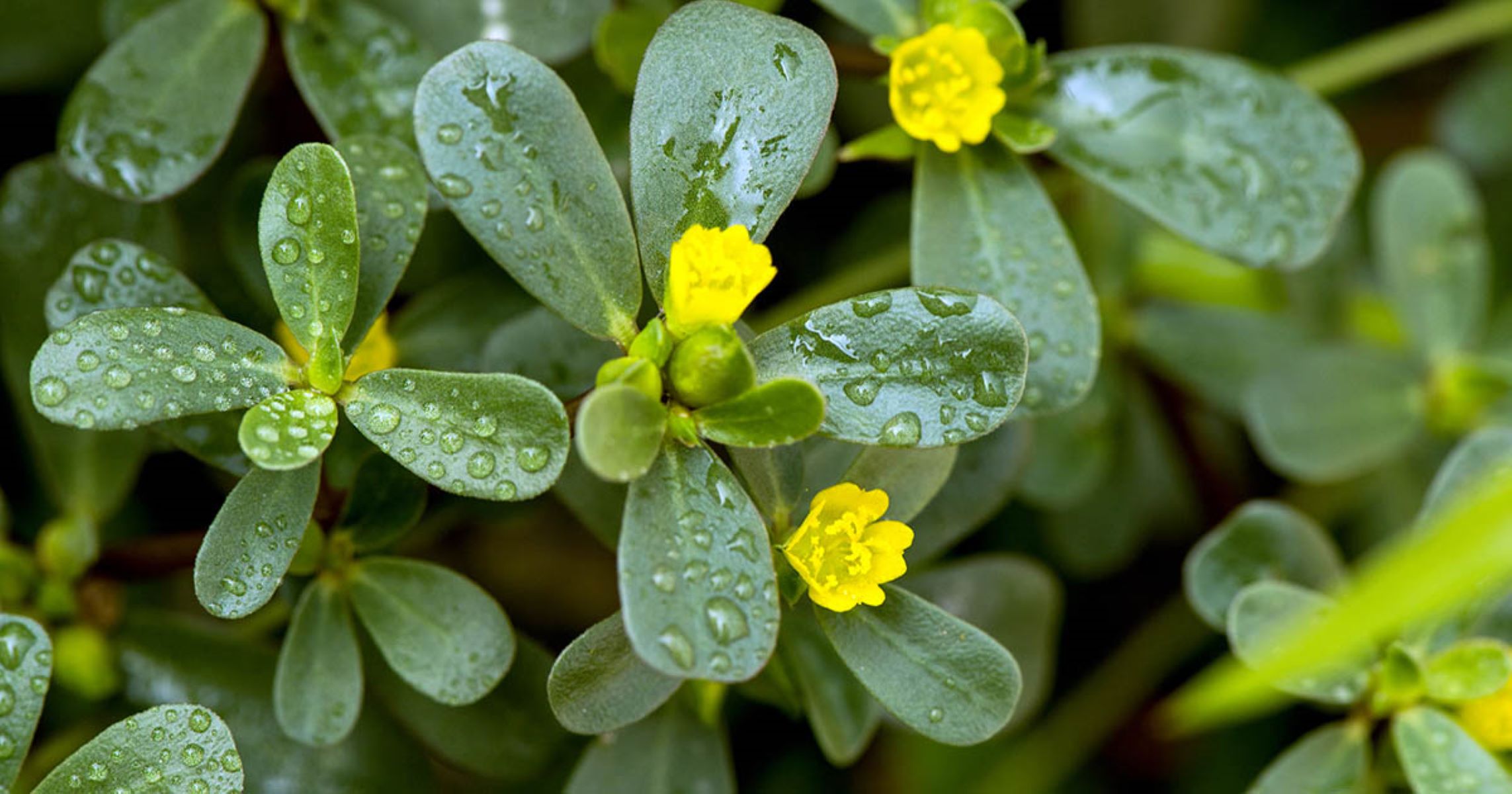
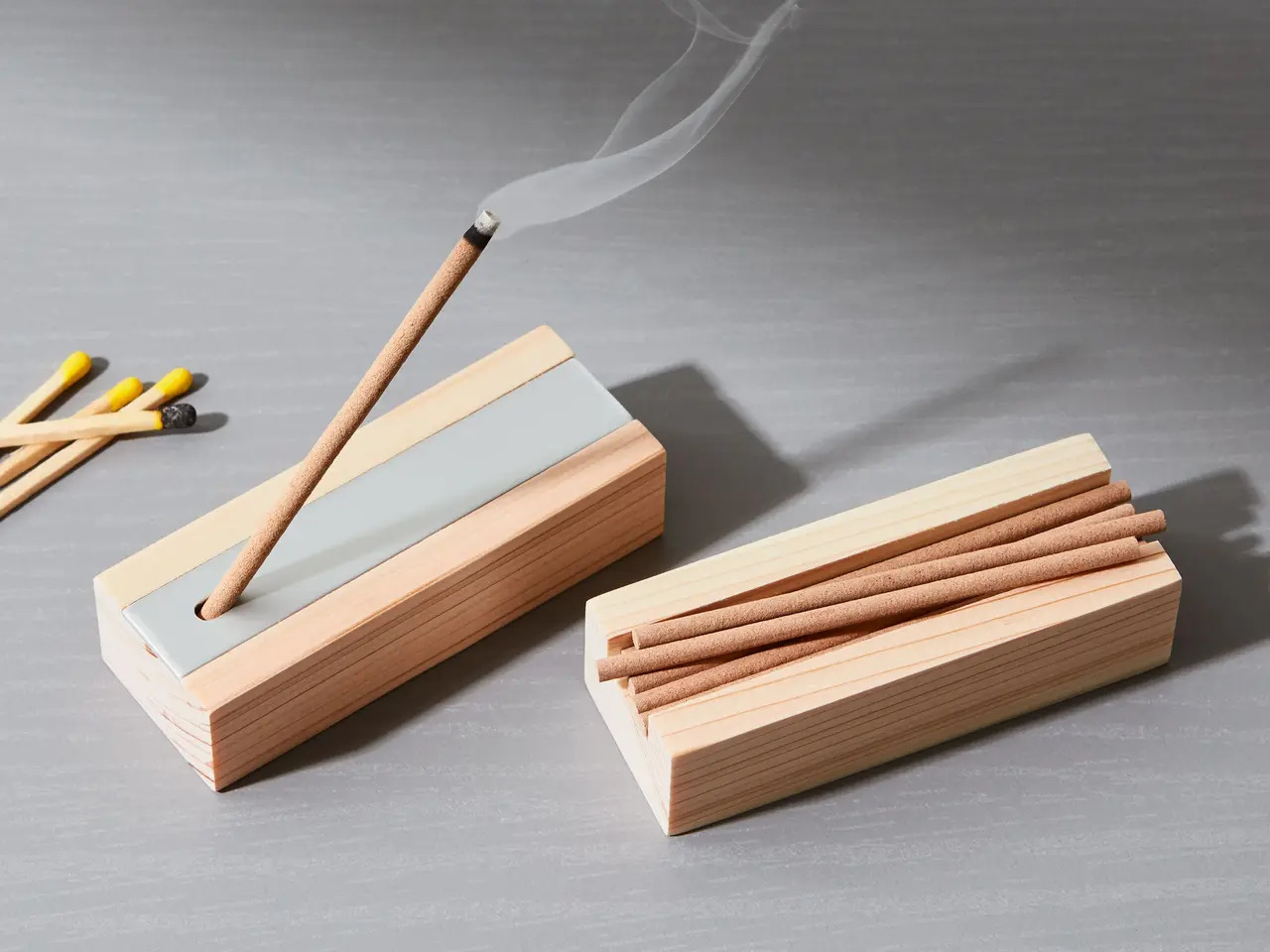
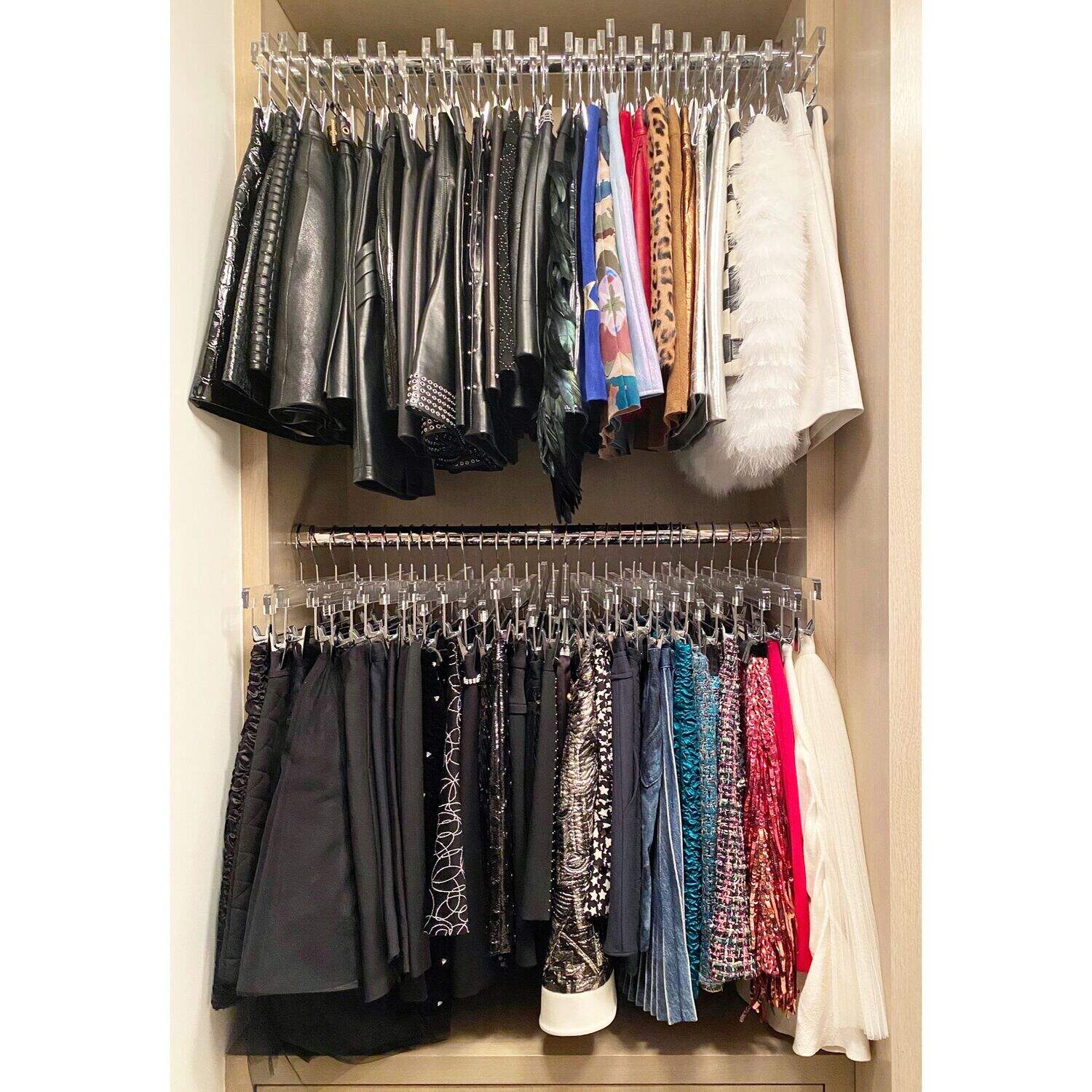

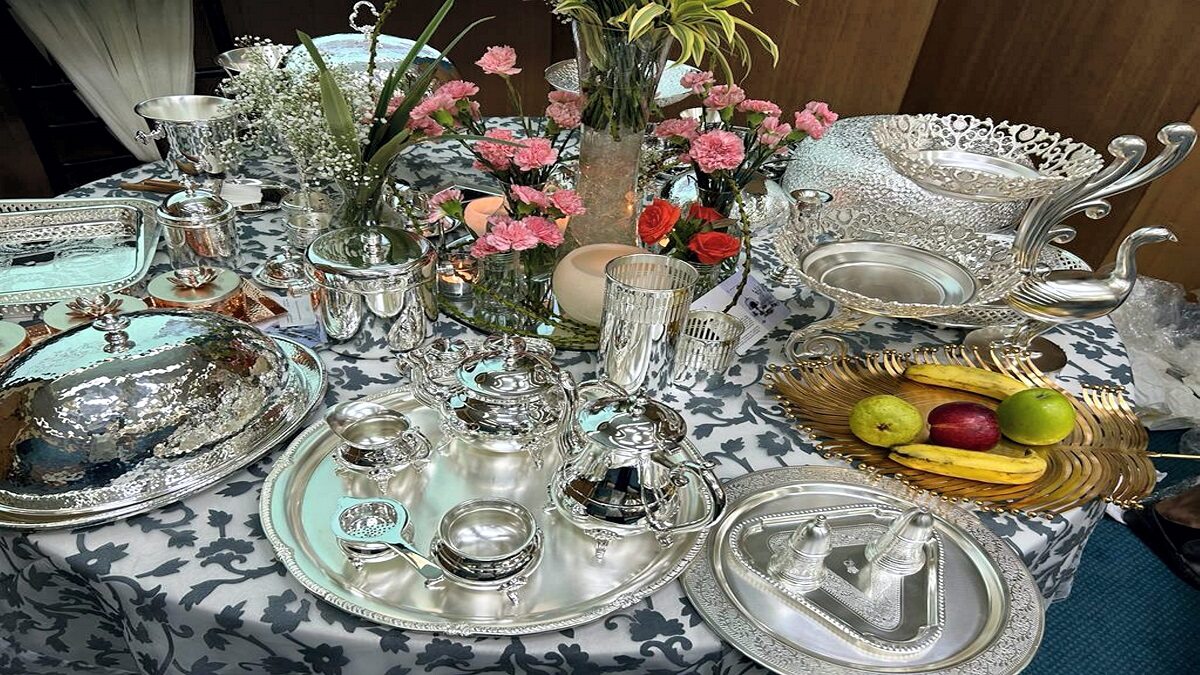


0 thoughts on “How To Store Plantains”